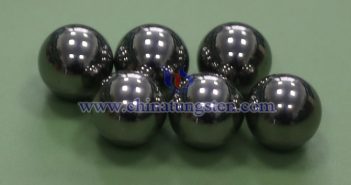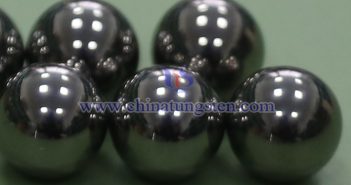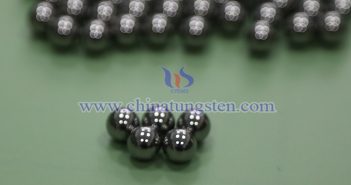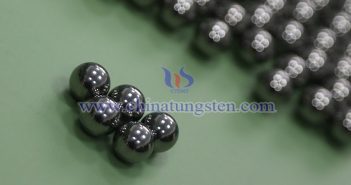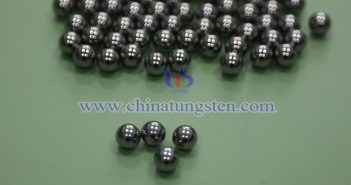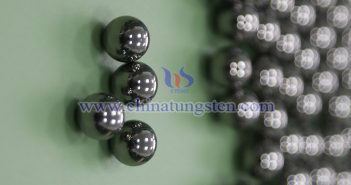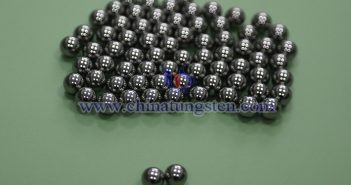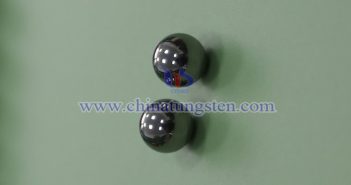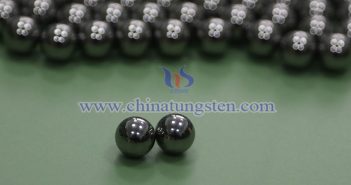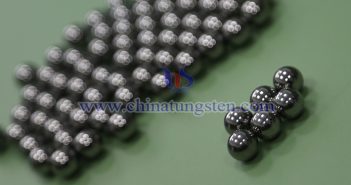
Tungsten cemented carbide balls (typically made with a metal binder such as tungsten carbide and cobalt) are widely used in high-precision, demanding applications due to their exceptional hardness, wear resistance, corrosion resistance, and stability. Their dimensional accuracy is one of the core criteria for measuring their quality. I. Key Indicators of Dimensional Accuracy Dimensional accuracy is not limited to diameter alone; it generally encompasses the following interrelated aspects: 1. Diameter Tolerance This is the most basic accuracy indicator, representing the…

